In the USA, the new Hue OmniGlow Lightstrip is already available in one of three different lengths, and it is set to launch here in Europe in November. The new light strip is intended to replace the previous premium product, the Hue Ambiance Gradient Lightstrip. But how exactly do the two light strips differ from each other?
The most important difference: LED density
The new Hue OmniGlow Lightstrip is the first to use CSP (chip-scale packaging) technology. This results in a significantly higher LED density, meaning that the light strip has virtually no visible light points.
The Hue OmniGlow is still divided into 12.5-centimetre-long sections, but these now accommodate 21 ‘LED modules’. Each of these modules consists of a total of five LEDs for red, green, blue, warm white and cool white. This means there are 840 individual LEDs per metre.
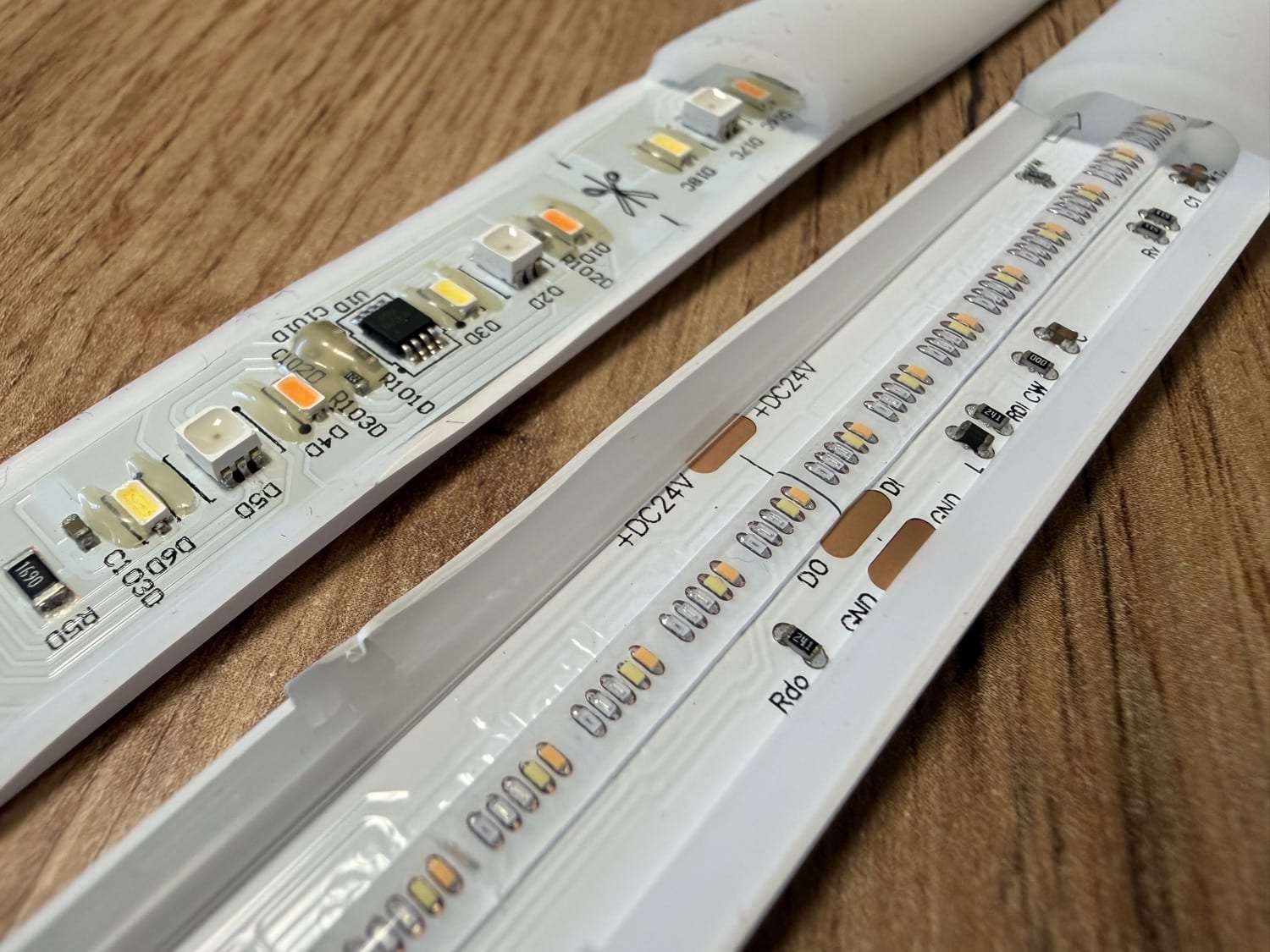
The Hue Ambiance Gradient Lightstrip is quite different. The previous premium light strip has only six LED modules on each 12.5-centimetre section, with one LED each for warm white, cool white and colours. This adds up to a total of 144 LEDs per metre.
Hue OmniGlow can be shortened but not extended
Before purchasing, you should carefully consider where you want to install the new Hue OmniGlow Lightstrip. You cannot extend it with one-metre-long extensions, but only shorten it every 12.5 centimetres. Unlike the Flux Lightstrip, cut pieces cannot be reconnected.
The Hue Ambiance Gradient Lightstrip came as a two-metre-long basic set that could be extended to the desired length with up to eight one-metre-long extensions. However, this was an expensive option. The basic set cost €159.99, with each extension costing €64.99. In comparison, the Hue OmniGlow Lightstrip is a bargain.
- 3 metres for €139.99: 2,700 lumens at a maximum of 40 watts
- 5 metres for €199.99: 4,500 lumens at a maximum of 60 watts
- 10 metres for €349.99: 4,500 lumens at a maximum of 60 watts
There have also been some changes in terms of brightness, although you have to look closely here. The Hue Ambiance Gradient Lightstrip delivers 1,800 lumens, which means the basic set comes to 900 lumens per metre. However, the light strip did not exceed these 1,800 lumens, so with each extension, the lumens per metre were reduced.
The Hue OmniGlow Lightstrip also achieves 900 lumens per metre, but with three times the power thanks to its more powerful power supply. A maximum of 4,500 lumens is possible.
Be careful during installation: different dimensions
If you want to replace a Hue Ambiance Gradient Lightstrip with a Hue OmniGlow Lightstrip, you need to take the different dimensions into account. With a width of 17 millimetres (+2 millimetres) and a height of 8.5 millimetres (+3 millimetres), the new light strip is larger than its predecessor.
There are no differences in terms of functionality. In the Hue app, the two light strips are handled in the same way.
Hue OmniGlow Gradient Lightstrip
from $139.99 / €139.99


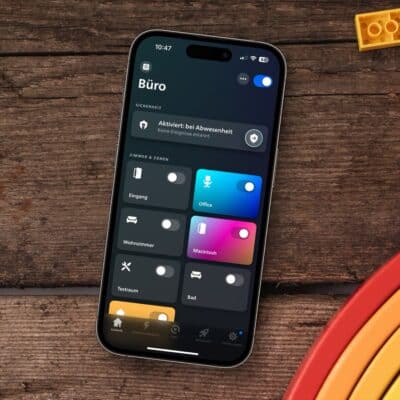

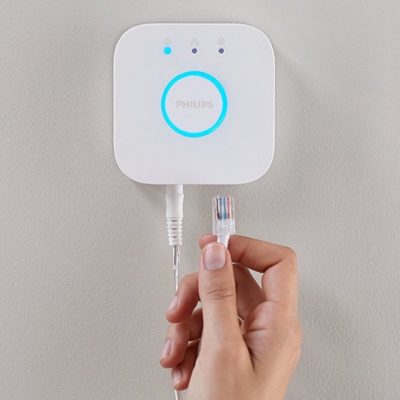
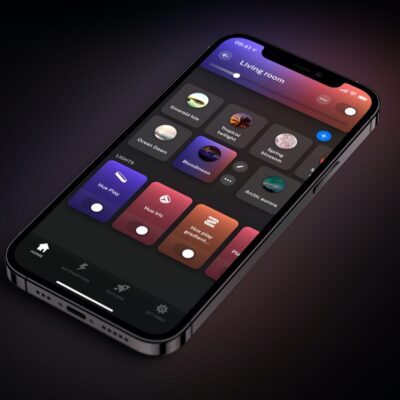
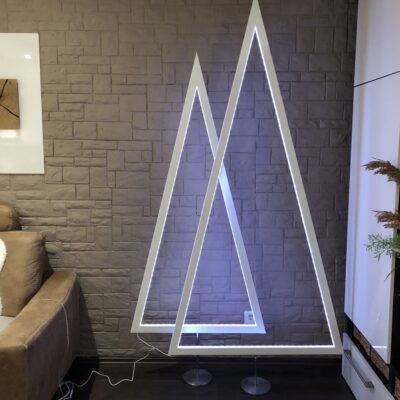
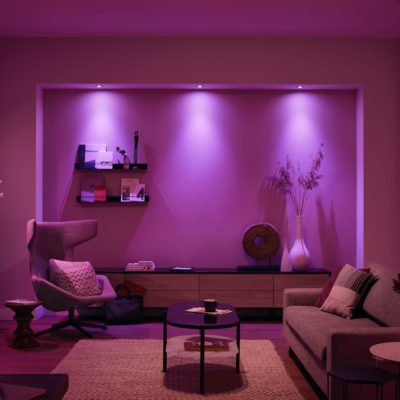


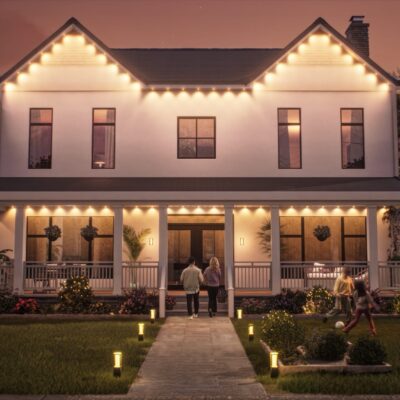
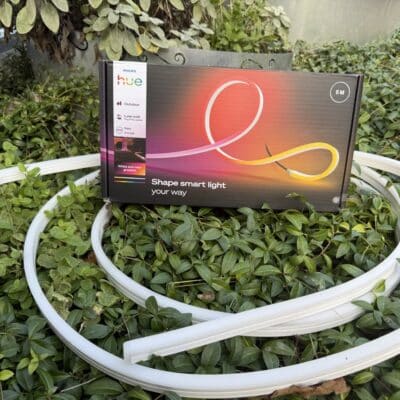
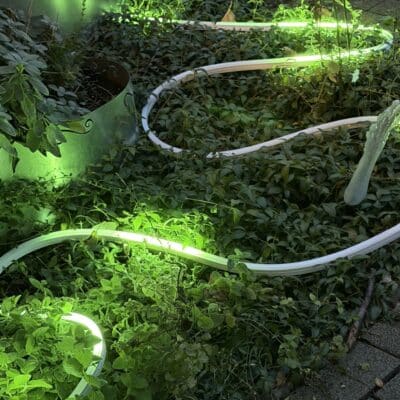

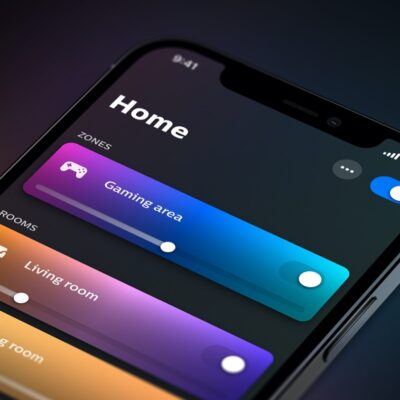


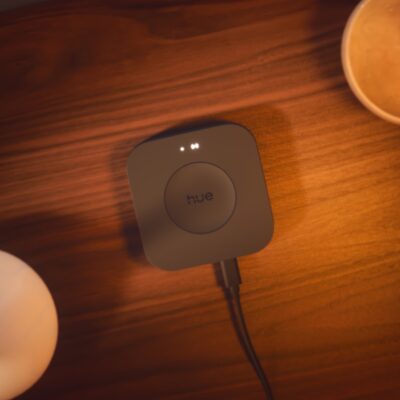
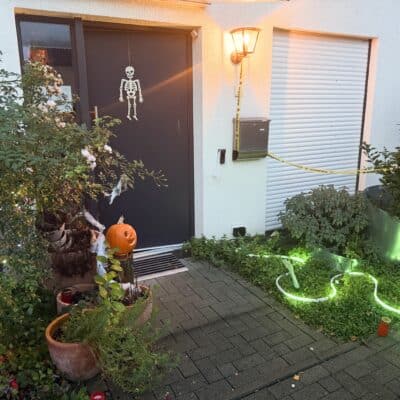

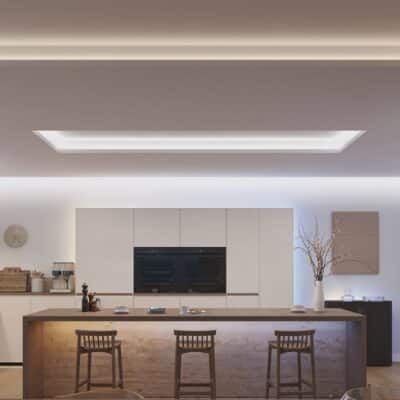

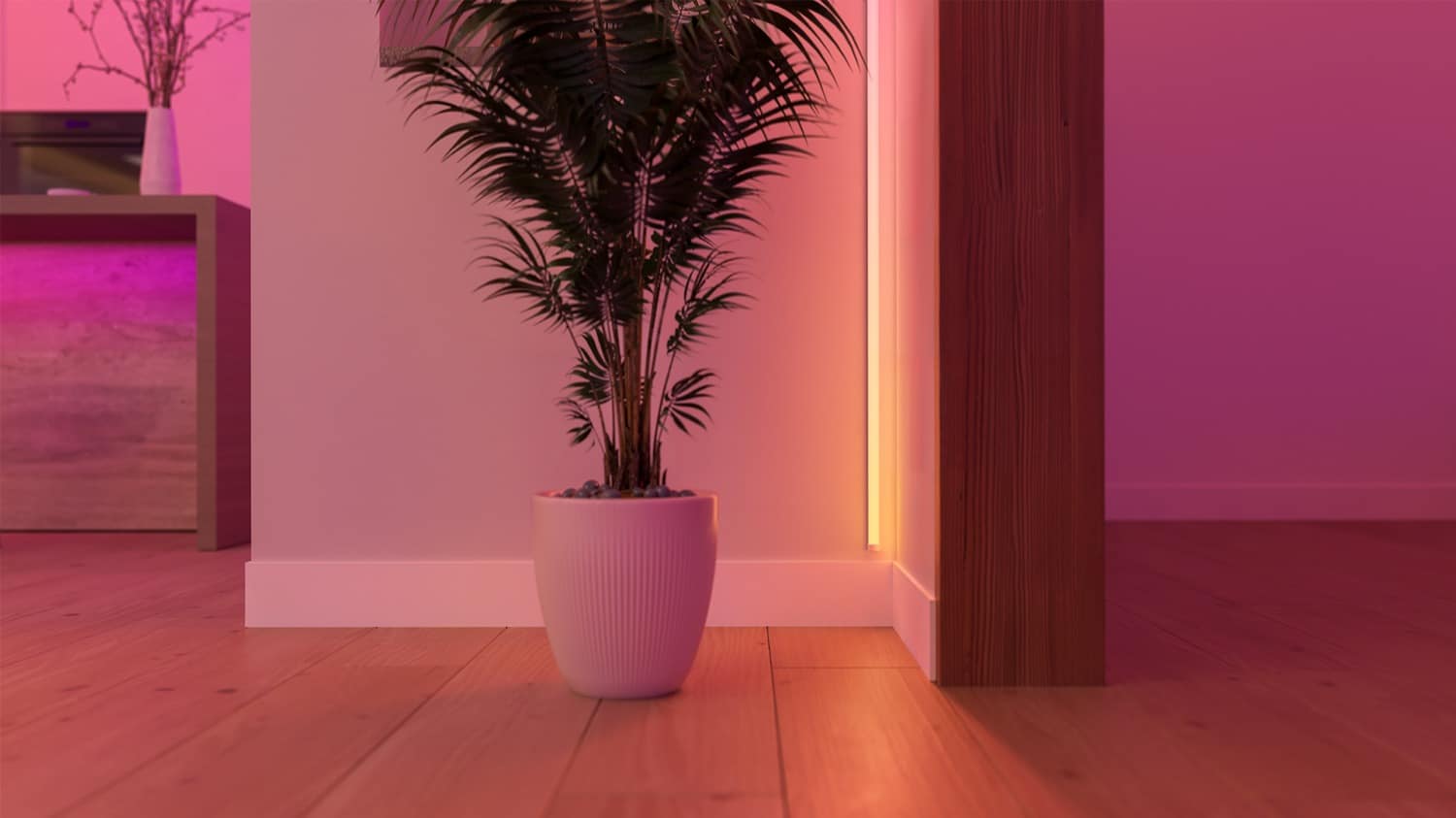

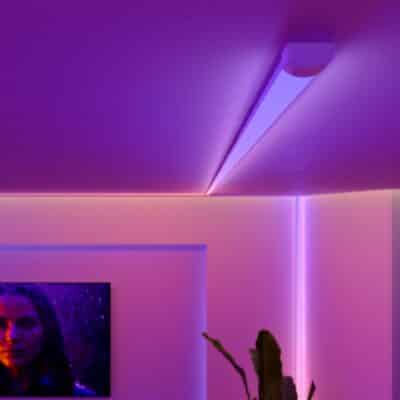
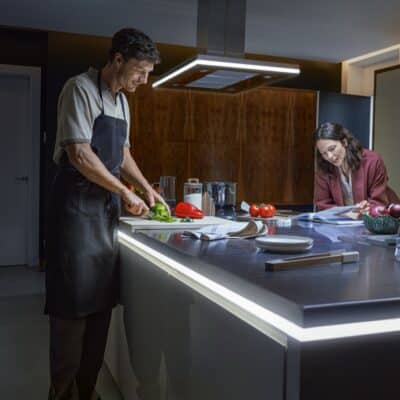
Can you make a 90 degree corner with a Hue OmniGlow?
It is easier to bend than the Ambiance Gradient Lightstrip, but the edges should not be too sharp.
My electrician started working on this for me yesterday and he was able to complete a succesful proof of concept. It’s not for the laymen but it is possible to solder wire to connect the three copper points together at a 90 degree angle (or whatever angle you need). Again, this isn’t for a consumer to do, but if you know electrical and soldering, I can report this is indeed possible.
Thank you Fabian, love your blog.
Do the control boxes for the new lightstrips still use the same DC power connector?
Still only two/three light zones (depending on orientation) with no interpolation between them when used in an entertainment area?
Thank you for detailed report. I have just purchased 2 to test in a kitchen install. Will I be able to use a remote transformer(under the sink) to plug in the power supply to? I would then have to splice the cord so that I can extend the length to each under cabinet keeping the power supplies hidden away?
Joke, better get a 1500 lumens per meter strip for less than 15 usd, not to mention it’s cri is even higher
Can you use them with the syncapp?
🤔🤔🤔
Is it possibility to compare Flux lightstrip vs. old lightsrip plus v4 behind opal diffuser? It would be interesting to know if Flux’s individual led’s are close enough to make it look seamless behind diffuser or is the Omniglow only option to achieve that.
I am curious if we will see an updated OmniGlow unit for the TV rear lightning application to replace the current gradient play for TV’s? I just purchased the 75″ TV kit at a very fair price, however the original price of $350 was always insane to me.
Nothing on the radar yet…